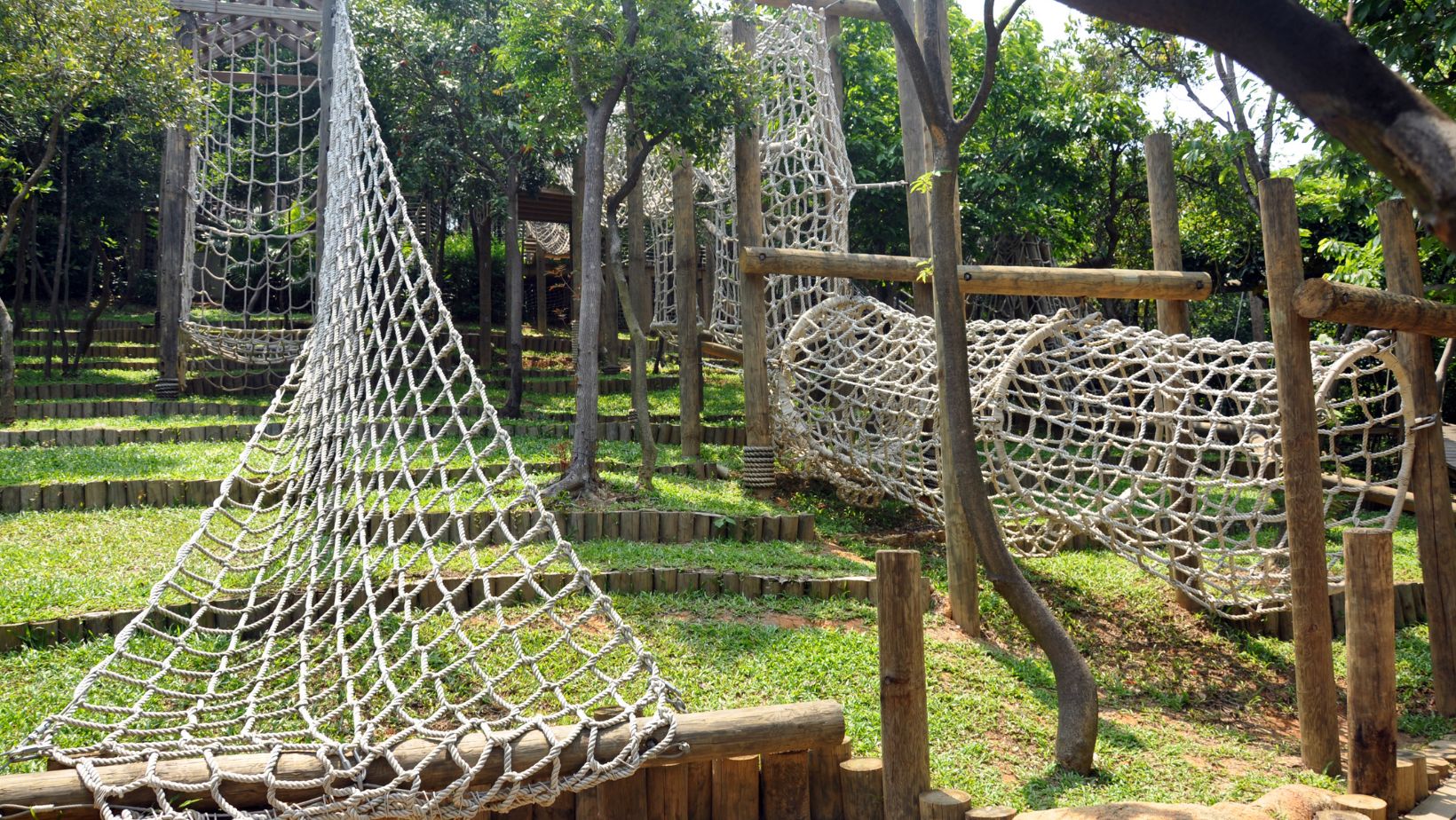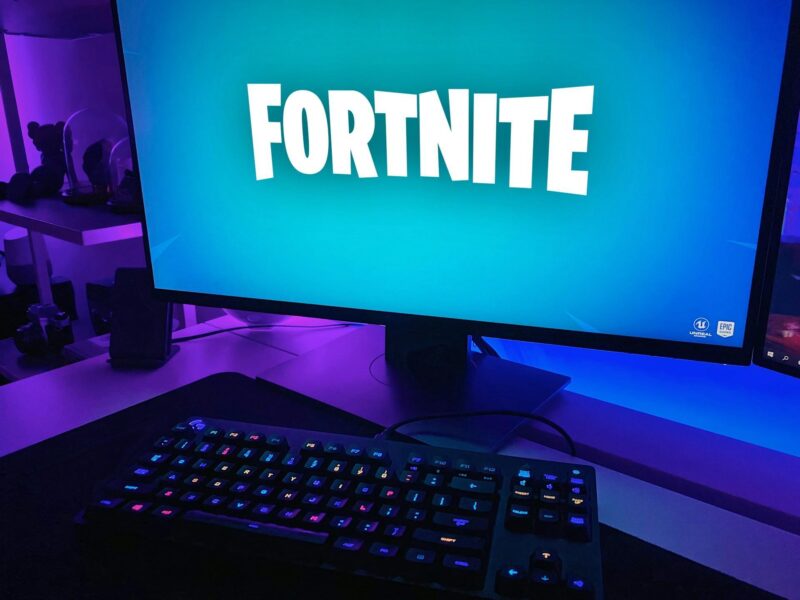

When we think of video games, we usually picture fast-paced action or puzzle-solving, but games today are becoming much more than that. In Latin America, a region rich with indigenous heritage, gaming has taken on a new role: preserving and reviving traditional stories, languages, and customs. It’s no longer just about entertainment; it’s about keeping culture alive in a way that resonates with young and old players alike.
Take games like Mulaka, which pulls from the Tarahumara people’s folklore in Mexico. Games like this are becoming a modern way to learn about Indigenous history and values, especially for younger generations who might not otherwise connect with their roots. This shift shows that gaming isn’t just for fun anymore—it’s a powerful way to pass down stories, memories, and even language.
Gaming as a Tool for Cultural Preservation in Latin America
For a long time, the stories of Latin America’s indigenous cultures have faced challenges in reaching broader audiences. With gaming, however, these stories can be told in a way that’s accessible and interactive. Why games, though? Because unlike books or movies, games let players experience these cultures directly, making learning personal and memorable. Players aren’t just reading about a story—they’re stepping into it, exploring it, and sometimes even shaping how it unfolds.
Take Mulaka again, developed by the Mexican studio Lienzo. This game lets players dive into Tarahumara folklore, helping them understand the cultural significance behind characters, animals, and landscapes. This approach is not only educational but also helps preserve indigenous languages, art, and knowledge. In a sense, games like Mulaka are like cultural time capsules, using modern technology to keep ancient traditions alive for the next generation.
The Collaborative Approach: Involving Indigenous Communities in Game Development
Latin American developers understand that creating culturally authentic games requires going straight to the source. That’s why many of them work closely with indigenous communities, consulting elders, storytellers, artists, and language speakers to make sure the games feel true to their heritage. This way, the games aren’t just inspired by culture; they’re actually co-created with those who know it best.

For example, when creating games based on indigenous stories, developers often bring in community members to share their history, art, and insights. By doing this, they ensure that the cultural aspects aren’t watered down or misunderstood. This collaboration helps the games feel more like a community project than a commercial one. Plus, the involvement of indigenous communities means the stories aren’t just preserved—they’re celebrated in a way that feels relevant and respectful.
An interesting parallel here can be drawn with the online casino industry, which also works to understand cultural preferences to better connect with its audience by creating games based on cultural insights. Francys Massiel Rondón Zambrano, an expert from DrApuestas, notes that “in the online casino sector, understanding a player’s cultural background can enhance the gaming experience, making it feel personal and more engaging.” In the same way, Latin American developers are working to make games that resonate with players by tapping into the cultural knowledge of local communities.
The Psychological and Social Impact of Indigenous Games on Players
These games are not just important for the people in Latin America—they’re also impacting players around the world. For Latin American players, especially those with indigenous roots, these games can foster a sense of pride and belonging. They offer a way for players to reconnect with their heritage and feel a part of something bigger. For players outside Latin America, these games are eye-opening, providing a glimpse into the region’s unique history and perspectives.
For instance, a player in Europe or the United States might pick up Mulaka or Arida: Backland’s Awakening and walk away with a new appreciation for Latin American culture and history. By stepping into these worlds, global players gain an understanding that books or documentaries might not convey. This kind of interactive learning helps break down stereotypes and build empathy, showing players everywhere the beauty and complexity of indigenous cultures.
Research has shown that gaming can actually help people feel more connected to the characters and worlds they interact with. When players take on the role of a character rooted in indigenous culture, they’re not just playing—they’re empathizing. This psychological impact is powerful, especially for younger generations who are often searching for identity and connection.
Challenges and Opportunities for the Future of Cultural Preservation in Gaming
While the benefits of culturally-focused games are clear, there are still challenges. Funding can be a big obstacle for studios in Latin America, where resources for niche games that focus on cultural preservation can be hard to come by. Additionally, there’s the risk of cultural misappropriation if games aren’t developed thoughtfully or with proper consultation. However, as interest grows, these challenges are also creating opportunities.

New technologies like virtual reality (VR) and augmented reality (AR) offer exciting possibilities for even deeper cultural immersion. Imagine a VR game where you can walk through a traditional village, hear native languages spoken around you, and interact with the environment. These technologies could bring cultural experiences to life in ways that were never possible before.
The popularity of games with cultural themes could also inspire industries like online casinos to bring cultural elements into their platforms. Just as some online casinos already tailor their games to reflect the interests of local audiences, more developers could incorporate cultural themes that resonate with players worldwide. The crossover between culturally aware gaming and online platforms means that more people can experience cultural stories in their own unique ways.
Conclusion: Gaming as a New Pathway for Cultural Resilience
Latin American developers are using games to ensure that Indigenous stories, languages, and customs aren’t lost over time. These games have become more than entertainment—they’re a celebration of identity, a teaching tool, and a bridge between past and present. By working with indigenous communities, these developers are creating experiences that are respectful, authentic, and deeply impactful.
For players within and beyond Latin America, these games are a reminder that gaming can be a powerful way to connect with heritage, understand others, and appreciate the richness of different cultures. In the end, gaming is proving that it can do more than entertain—it can preserve, educate, and inspire, ensuring that cultural treasures are passed on to future generations.












